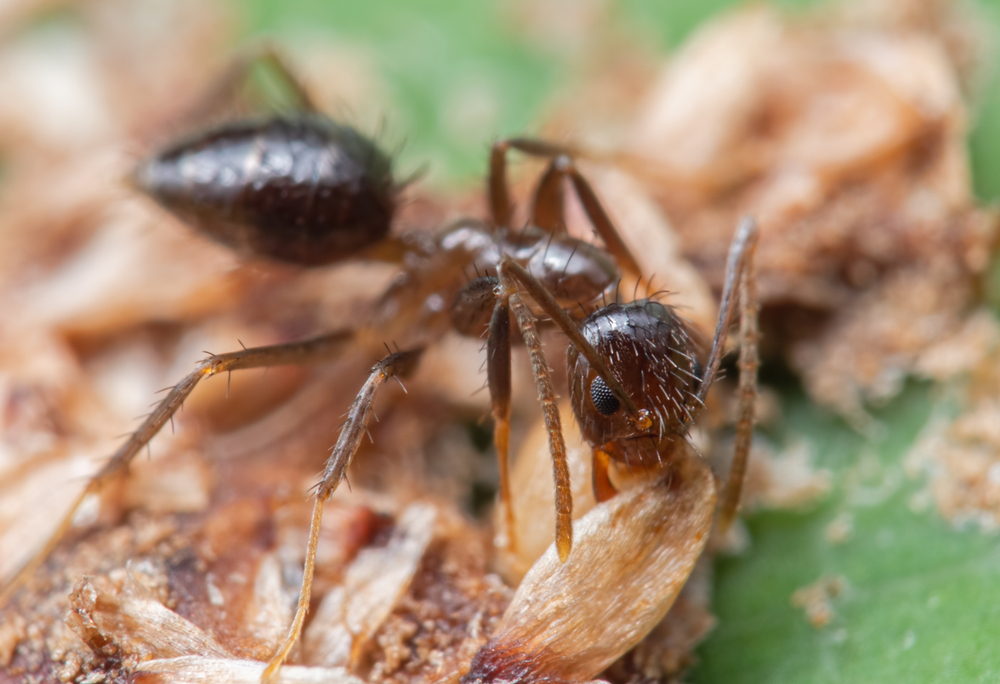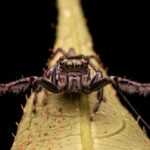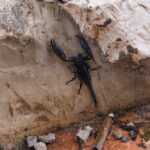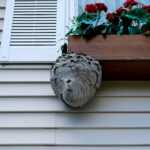How to Identify and Deal with Ant Poop in Your Home
Have you noticed tiny sawdust-like particles in your home? You might be dealing with ant poop, or frass. Ant poop is more than just waste; it signals potential ant activity and even infestations. In this article, we will help you identify ant poop and understand why recognizing it is crucial for maintaining a clean and damage-free home.
- Ant frass, or ant droppings, consists of fecal matter, insect parts, and food remnants that indicate ant activity and potential infestations.
- Identifying ant droppings involves distinguishing their unique sawdust-like appearance from similar materials, such as dirt or wood shavings.
- Ignoring signs of ant frass can lead to structural damage and health risks; therefore, immediate action and regular sanitation are crucial in managing ant infestations.
What is Ant Poop?
Ant poop is an intriguing aspect of the tiny world of ants. Unlike more familiar types of animal droppings, ant frass consists of the remnants of their food digestion process, including the process of pooping. This makes it unique in both appearance and composition.
Rather than solid pellets, ant frass resembles fine sawdust or small particles of debris. This can make it tricky to identify, as it often blends into the surroundings, especially in areas with wood shavings or dirt. These tiny particles are not just waste; they are a mix of fecal matter, insect parts, and even wood particles that have been chewed up by the ants.
Ant frass serves as a telltale sign of ant activity. Small, sawdust-like piles often indicate a nearby ant colony. Recognizing these signs helps in addressing infestations and protecting your home from potential damage and health risks.
How Do Ants Produce Frass?
Ant frass production involves the ants’ unique digestive system, which includes two stomachs: one for digesting food and another for storing waste. This setup allows efficient food processing and waste management, enabling ants to eat effectively.
Frass results from the ant’s digestive process. After food is digested in the first stomach, waste is stored in a special pouch and later expelled as frass, a mixture of fecal matter and undigested particles. This expelled material appears as tiny, sawdust-like particles.
Ants are remarkably hygienic, designating specific areas within their nests for defecation to keep living spaces clean and minimize waste spread. This organized waste management maintains colony health and efficiency.
Identifying Ant Droppings
Identifying ant droppings is challenging since they are small, dark, and easily mistaken for dirt or other droppings. However, finding ant droppings can be aided by specific characteristics that help distinguish ant frass from other materials.
Ant droppings are chunkier than the more uniform termite droppings, often containing pieces of other ants, wood shavings, dirt, and fecal matter. This varied composition indicates ant activity, as frass includes feces, wood particles, and insect remains.
Check floors and countertops for ant droppings, as these are common hotspots for ant frass. While ant droppings can be confused with wood shavings or carpenter ant and termite droppings, their variability in size and texture can help determine their origin.
Carpenter Ant Frass
Carpenter ants are known for their unique frass, which consists of wood debris, fecal matter, and insect parts. This distinct composition makes it easier to identify compared to other types of ant frass.
Carpenter ant frass shows more variation than the uniform termite frass, often resembling wood shavings mixed with insect parts. This heterogeneous appearance results from carpenter ants eating nestmates or dying during wood excavation.
Carpenter ant frass is typically found near nests, especially around entry and exit points. Small piles of debris resembling sawdust near wood structures can indicate carpenter ant problems. Recognizing these signs helps address potential infestations early and prevent further damage.
Why Should You Worry About Ant Frass?
Discovering ant frass in your home suggests a potential ant nest infestation that requires immediate attention to rid your space of these pests. Ignoring these signs can lead to significant issues over time.
Ant droppings pose a risk of structural damage, especially from carpenter ants, which can severely damage wooden structures while excavating wood for nests. This can compromise your home’s integrity and lead to costly repairs.
Ants and their frass can contaminate food, posing potential health risks. While not all ants pose a direct threat, their waste can contaminate food sources and surfaces, leading to illnesses. Promptly addressing ant frass helps mitigate these risks and maintain a healthy living environment.
Signs of an Ant Infestation
Recognizing ant infestation signs is crucial for early intervention and control. Common indicators include visible ants, droppings, trails, wood shavings, tunnels, and sounds. Carpenter ant frass often signals a potential infestation, as do piles of wood shavings and tunnels, indicating possible structural damage. These signs call for immediate action to address the infestation before it becomes unmanageable.
Besides visual signs, quiet whispering or rustling sounds can indicate active ant activity within your home. Paying attention to these auditory clues can help detect an infestation before visible signs appear.
Ant Sanitation Habits
Ants’ meticulous sanitation habits play a crucial role in maintaining colony health. They clean their nests and designate specific toilet areas for waste, effectively managing waste and avoiding contamination within their living spaces.
Ants create waste storage areas within their nests to minimize waste spread and potential health risks. Certain worker ants are tasked with cleaning and maintaining hygiene, ensuring the entire colony remains clean and healthy, reducing disease risk and promoting well-being.
These sanitation habits benefit not only ants but also help prevent waste spread in your home. Understanding ant waste management can offer insights into better controlling and eliminating ant infestations.
The Role of Ant Frass in the Ecosystem
While ant frass can be a nuisance in your home, it plays a vital role in the ecosystem. Frass contains nutrients like nitrogen, phosphorus, and potassium, which benefit soil by improving its fertility and supporting plant growth.
Ant colonies can produce substantial quantities of frass daily, contributing to soil aeration and enhancing water and oxygen access for plant roots. Additionally, ant frass serves as a food source for various organisms, integrating them into the ecosystem.
Leafcutter ants use their waste to enrich fungal crops, promoting nutrient cycling. Ants also assist in seed dispersal by transporting seeds underground, enhancing biodiversity and supporting healthy ecosystems.
How to Deal with Ant Droppings
Dealing with ant droppings requires a proactive approach to prevent and manage infestations. Regular household care, such as cleaning and sealing entry points, significantly helps avoid ant droppings. Keeping your home clean and free of food debris deters ants from entering and establishing colonies.
Professional pest control services offer targeted solutions to eliminate existing ant problems by identifying the infestation source and applying treatments. Combining proactive household care with professional pest control ensures better prevention and management of ant infestations.
Understanding and dealing with ant frass is essential for maintaining a safe and healthy home. Recognizing the signs of ant droppings and knowing how to manage them can prevent potential health risks and structural damage.
Frequently Asked Questions
Do ants leave droppings?
Ants do leave droppings, known as frass, which appear as small dark specks commonly found near their trails and food sources. This is a normal indication of their presence and activity.
Is ant frass toxic?
Ant frass is not considered toxic; however, it is advisable not to handle it directly. Consulting a professional is recommended for safety.
What are the signs of an ant infestation?
The presence of visible ants, droppings, trails, wood shavings, tunnels, and rustling sounds are clear indicators of an ant infestation. It is important to address these signs promptly to prevent further issues.
How do ants manage their waste?
Ants effectively manage their waste by designating specific areas in their nests for disposal, thereby maintaining hygiene and preventing contamination. This organized behavior ensures a clean living environment for the colony.
How can I effectively deal with ant droppings?
To effectively deal with ant droppings, it is essential to combine proactive household maintenance with professional pest control services. This approach will significantly enhance your prevention and management efforts against ant infestations.




